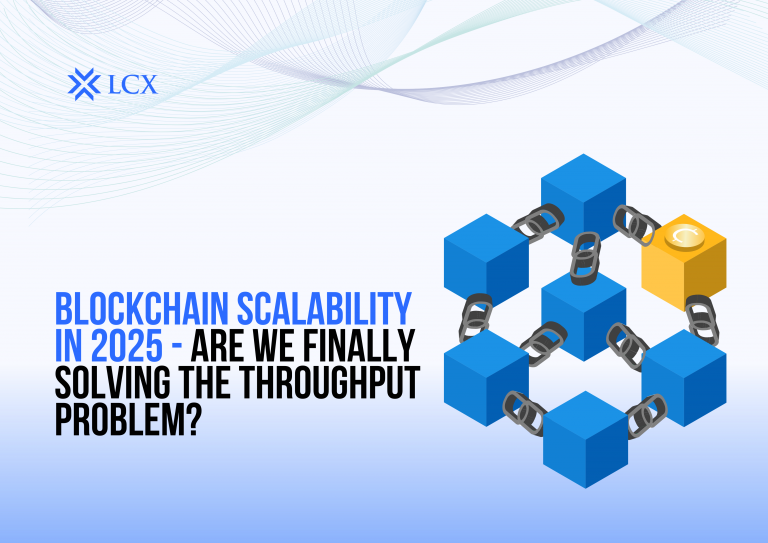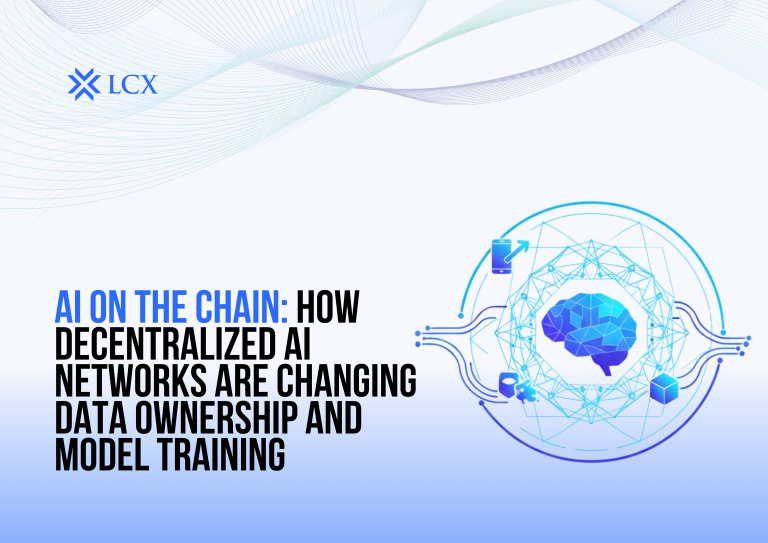Blockchain networks have long faced a fundamental challenge: how to scale while preserving security and decentralization. Traditional monolithic blockchains, where execution, consensus and data availability are all handled within a single layer, run into bottlenecks as usage rises. Transaction throughput is limited, node hardware requirements ascend, and decentralized participation can suffer.
In recent years, the architectural shift toward modular blockchains has highlighted a new critical component: the Data Availability Layer (DAL). This layer is emerging as a foundational element that helps unlock scalability without compromising other blockchain qualities.
What is a Data Availability Layer?
At its simplest, the Data Availability Layer refers to the subsystem (or layer) responsible for ensuring that all transaction-related data (such as the raw block data, state updates, proofs) is published, retrievable and verifiable by network participants.
In more concrete terms: when a block is produced, nodes must be able to access the full data (or realistically sufficient data) to reconstruct or verify the state changes. If the data is withheld or unavailable, nodes cannot independently validate, which threatens trustlessness.
Because of this role, the DAL becomes a scalability enabler: by decoupling data-availability responsibilities from execution or consensus, networks can optimize each function independently.
Why Data Availability Matters for Scalability
1. Reducing node burden
In monolithic chains, every full node must download and store essentially all the data, execute transactions and participate in consensus. This leads to high hardware/storage/stress requirements, limiting the number of nodes and thus decentralization.
By offloading the data availability task onto a dedicated layer, execution- or settlement-chains can delegate data storage/availability and focus on transaction processing. This reduces the overhead per chain and allows for lighter nodes, broader participation and hence better scalability.
2. Enabling parallelism and modularity
With a dedicated DAL, chains (or rollups) can specialise: one layer for execution, one for consensus, one for data availability. This separation means multiple execution environments can operate in parallel, all sharing the same data-availability infrastructure.
In practice this means more throughput, more specialised chains, and more flexibility in design.
3. Enhancing verification and security
Ensuring data availability is not just about storing data but about making sure it is retrievable for verification. If data is missing or withheld, fraud proofs or state reconstruction cannot function. The DAL ensures that data remains accessible for nodes to validate, which underpins trustless security.
In a modular stack, the DAL helps preserve decentralization by lowering the barrier to node participation.
4. Cost and efficiency improvements
When data availability is optimised, chains can increase block size, reduce latency, or batch more transactions without overwhelming the data layer. For example, rollups that use a robust DAL can push a lot of off-chain execution and only rely on the DAL for publishing data, reducing fees and execution overhead.
This opens the door for high-throughput use cases such as gaming, DeFi, Real-World Assets (RWAs), and more.
How DAL Works: Techniques & Mechanisms
To appreciate how the DAL enables scalability, it helps to look at some of the key techniques:
– Data Availability Sampling (DAS)
This is a probabilistic protocol whereby a node samples random pieces of a block’s data rather than downloading the full data set. If enough samples check out, the node can have high confidence that the block data is fully available. This dramatically lowers the bandwidth/storage burden.
Example: a DAL might use erasure coding plus sampling so that even if some data is missing, the rest can be reconstructed.
– Erasure Coding & Redundancy
Erasure coding splits data into multiple fragments with redundancy, so that the original content can be reconstructed even if some fragments are missing. This enhances robustness of data availability.
– On-chain vs Off-chain Data Availability
- On-chain DAL: Data is stored and made available directly on-chain (e.g., native to the base layer). This offers strong security but often limits scalability because of storage/bandwidth burden.
- Off-chain DAL: Data publishing/storage is outsourced to a specialized network or subsystem (e.g., separate blockchain or dedicated infrastructure). This allows greater scalability, though the trust/verification model needs careful design.
– Shared DAL for Multiple Chains
One of the biggest scalability gains comes when many execution chains or rollups share a DAL. Instead of each chain duplicating data-availability infrastructure, they use a common layer for publishing data, lowering cost, increasing efficiency and composability.
Real-World Impacts & Use Cases
Spread of Rollups & Modular Chains
The rise of rollups on Ethereum (Layer-2s) illustrates the role of DALs: these rollups execute off-chain and post data (or commit proofs) to an availability layer (either L1 or dedicated DAL). DALs enable them to scale while relying on the security of the shared data infrastructure.
In the modular blockchain paradigm, execution, consensus and data availability are decoupled—and the DAL becomes the enabler of high-performance execution chains.
High-Throughput Applications
For use cases requiring high transaction volume or ultra-low latency (e.g., gaming, streaming assets, IoT data), DALs allow chains to offload data publication while keeping performance. E.g., a chain might process millions of transactions and rely on a DAL to publish and verify the bulk data efficiently. (See examples of real-time blockchain apps).
Real-World Asset Tokenization & DeFi
When tokenizing physical assets at scale (e.g., commodities, real estate), the underlying chains must handle large volumes of data (ownership, transfers, proof updates). A strong DAL ensures the data remains available and verifiable, supporting trustless asset flows.
Challenges and Trade-Offs
While DALs offer significant scalability advantages, several important challenges remain:
- Security vs Efficiency: Off-chain DALs or shared DALs can introduce new trust or availability risks. Ensuring the data is truly available (and reconstructible) is non-trivial.
- Decentralization vs Performance: If a DAL becomes too centralised or relies on a small number of nodes, the decentralization ideal is jeopardised.
- Complexity: Designing, implementing and operating a modular stack with DAL, rollups, execution layers and consensus layers is more complex than a monolithic chain.
- Economic Incentives and Sustainability: DAL networks must incentivise nodes/validators to store, publish and serve data. If incentives are weak, data availability can become unreliable.
- Standards and Interoperability: With multiple DALs emerging, ensuring interoperability and composability across them (and across execution chains) becomes vital.
Outlook: Why DALs Will Define the Next Wave
Looking ahead, Data Availability Layers are poised to become a central pillar of blockchain infrastructure. Some key trends:
- As modular architecture matures, the DAL will be the common layer many execution chains converge on, driving economies of scale.
- Real-world adoption (mass user-apps, gaming, IoT, enterprise) will increasingly depend on robust DAL solutions for data throughput and availability.
- Techniques like DAS and erasure coding will continue to evolve, lowering the hardware barrier for nodes and supporting wider decentralisation.
- Standards may emerge for DAL functionality, enabling plug-and-play execution environments to choose DAL providers without reinventing infrastructure.
- As zk-rollups and other advanced scaling methods proliferate, the need for efficient and reliable data availability will become indispensable.
Conclusion
The blockchain scalability challenge is longstanding. Traditional designs have struggled to balance throughput, costs, decentralization and security. Data Availability Layers offer an elegant architectural answer: by decoupling the data-availability function, they enable execution chains to scale without being weighed down by storage and bandwidth epidemics.
In the modular era of blockchain, where many specialized chains and rollups will co-exist, the DAL is no longer a minor component—it is the keystone. Understanding how it works, why it matters and what trade-offs it involves is essential for anyone building or analysing the future of blockchain infrastructure.
When you evaluate the next generation of networks, ask: “Who provides the data availability?” Because behind every high-performance, decentralized, scalable chain lies a robust DAL ensuring the data is where it needs to be, when it needs to be.









